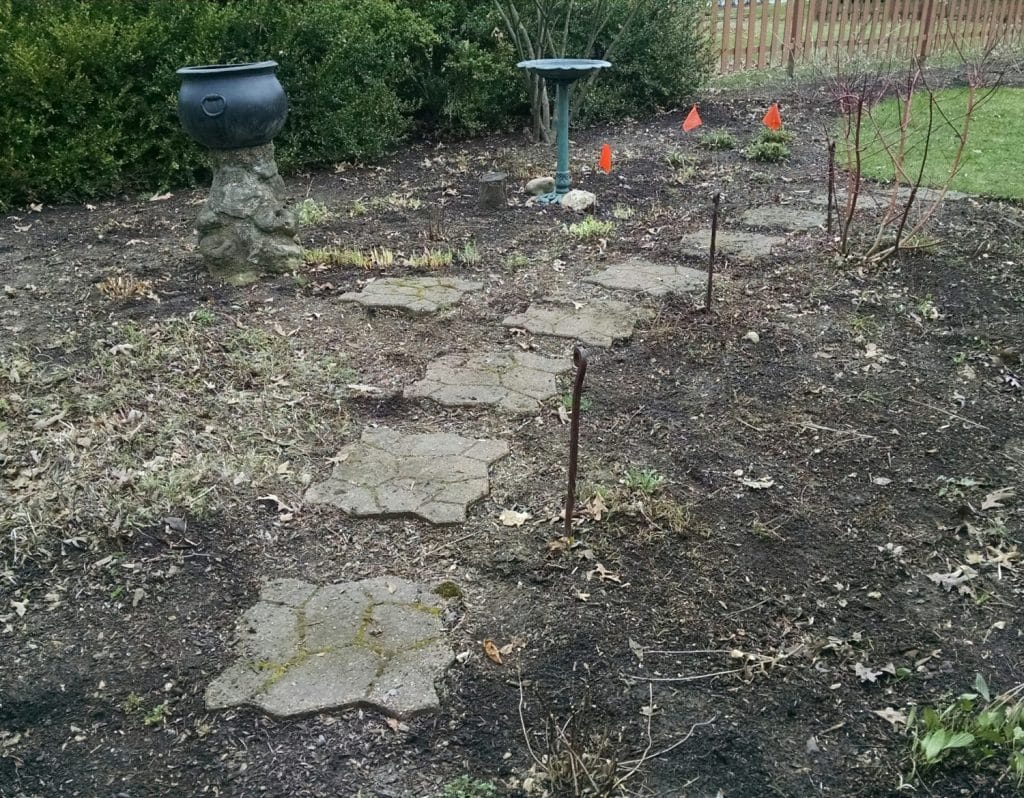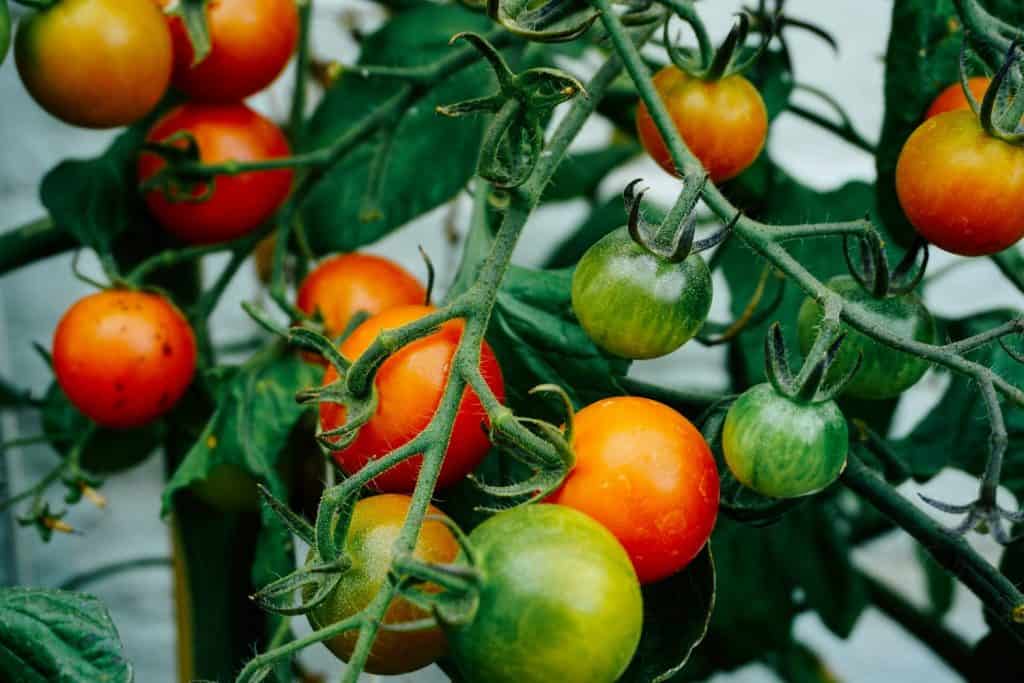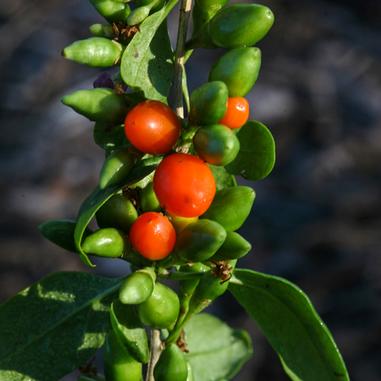Huddled on the horizon, the clouds charged eastward, colliding and tumbling over one another as they stacked up to frightening heights. The game was afoot, and the storm was upon us.
COVID-19 has been looming like a dark cloud, and has changed the way we live and work. As we attempt to navigate the challenges, it seems a world of opportunity has presented itself. What better time to become a little more self sufficient while enjoying the outdoors? It’s time to start a vegetable garden!

Step 1: Choose a Location
Location, location, location! Consider the amount of sunlight, type of soil, and access to water. Ideally, it should be an area without large trees of shrubs, and don’t think of the garden as a separate entity from the rest of your landscape. Conversely, it should fit in and flow. If space is an issue, consider planters or raised beds. Not only do they require less space, but you can control the quality of the soil, and they can be easier to tend to.
Step 2: Plan Your Layout
Consider the size of your garden, what you want to grow, and how much effort you want to expend. You never want your garden to become burdensome. Some plants require more room than others, so plan accordingly. Also, consider growing seasons and growth characteristics when planning your layout.
Step 3: Grow Recommended/Proven Varieties
Choose varieties that are proven to do well in our area. By doing so, you can grow vegetables that are disease resistant, plentiful, nutritious and flavorful.
Step 4: Invest in Good Seed & Supplies
Buy seeds from a reliable source that are viable and disease free. Do not attempt to plant seeds that are older than a year. Some vegetables do better when they are started indoors and transplanted into the garden. Make sure you have a hoe, spade, garden rake, trowel and measuring stick. You may also need mulching material, stakes, plant protectors and pots.
Step 5: Prepare/Care for the Soil
If the soil is in poor condition, the plants will not do well. Prepare the soil before planting by adding organic matter, applying fertilizers, and/or correcting the acidity. Take care of the soil during the growing season by applying starter fertilizer. Additional applications may be needed later in the season. Soil in good condition is loose and easy to work with.
Step 6: Plant Correctly
How early you plant depends on the hardiness of the vegetable. Certain vegetables can withstand frost, while others cannot. Refer to seed/plant packaging for this information.
Step 7: Control Weeds/Mulch
It’s important to control weeds in your garden as they compete with your vegetables for water and nutrients. Weeds often harbor insects and diseases. The best time to attack weeds is just as they appear on the soil surface. If allowed to grow too large, weeds will shade your vegetables, causing your crop to grow poorly. Mulching is also an effective tool. Besides controlling weeds, mulch helps conserve moisture while maintaining consistent soil temperatures. Herbicides are generally not a good idea in the home garden. If you feel you must, it’s best to reach out to your local garden center for recommended products.
Step 8: Prevent Pests
Insects and disease can cause havoc in your garden. Prevention is the best way to control pests. Select disease resistant varieties, control weeds, provide good drainage and stay out of the garden while the plants are wet. If pests become serious, reach out to your local garden center for assistance.
Step 9: Water Properly
Rain will generally take care of your garden; however, during dry periods, water plants once a week. Water early in the day while it is cooler and winds are generally calm, so less water is lost to evaporation and drift. Soak the soil thoroughly rather than sprinkling lightly at frequent intervals. If using raised beds or planters, watering may need to be done more frequently.
Step 10: Harvest/Store at Peak Quality
It is important to harvest your vegetables at proper maturity. To maintain quality after harvest, handle vegetables carefully. Avoid bruising or damaging, for injury will encourage decay.

Growing a vegetable garden is a great way to connect with nature while getting some exercise and fresh air. There isn’t anything quite as fulfilling or satisfying as walking out your back door with basket in hand, fetching the day’s dinner. Contact Sweeney’s today, and we’ll be glad to set you on the path to vegetable nirvana.
Plant of the Week

Big Lifeberry® Goji Berry
Mounded shrub produces showy purple flowers in Spring, followed by an abundance of small green berries that ripen to a bright red when they’re ready to be harvested. Prefers sun to partial shade, and moist, well-drained soil. Grows 4-6′ tall and 4-6′ wide.
“If you’ve never experienced the joy of accomplishing more than you can imagine, plant a garden.”
-Robert Brault
Well wishes,
Kim Sweeney

Gardening is lots of fun!
Fun and good for you 🙂